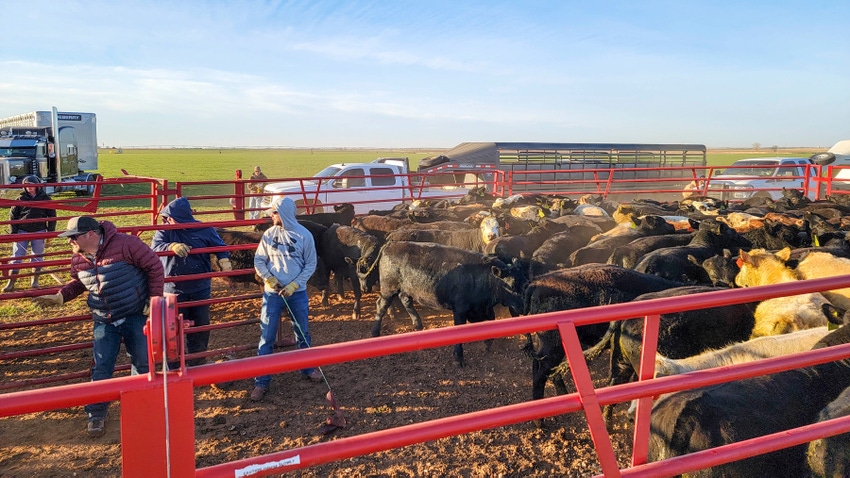Bagley Risk Management Solutions: Your Guard Against Uncertainty
Bagley Risk Management Solutions: Your Guard Against Uncertainty
Blog Article
Comprehending Livestock Threat Protection (LRP) Insurance: A Comprehensive Overview
Navigating the realm of animals danger defense (LRP) insurance can be an intricate endeavor for several in the agricultural market. From exactly how LRP insurance functions to the different insurance coverage choices offered, there is much to discover in this comprehensive overview that could possibly shape the way animals manufacturers approach danger management in their companies.

How LRP Insurance Coverage Works
Sometimes, understanding the technicians of Animals Risk Protection (LRP) insurance policy can be complex, yet damaging down just how it works can offer quality for farmers and herdsmans. LRP insurance is a threat monitoring device made to shield animals producers versus unanticipated cost declines. The policy allows producers to set a protection degree based upon their specific needs, selecting the number of head, weight range, and insurance coverage rate. When the plan is in place, if market value fall below the coverage cost, producers can submit an insurance claim for the difference. It is essential to note that LRP insurance coverage is not a profits warranty; rather, it focuses solely on price danger protection. The coverage duration usually ranges from 13 to 52 weeks, providing flexibility for manufacturers to pick a period that lines up with their manufacturing cycle. By making use of LRP insurance coverage, ranchers and farmers can mitigate the economic threats related to changing market prices, ensuring greater security in their procedures.
Eligibility and Insurance Coverage Options

When it comes to coverage choices, LRP insurance coverage supplies manufacturers the versatility to pick the protection level, protection duration, and recommendations that ideal suit their danger monitoring needs. By comprehending the qualification requirements and coverage options offered, livestock manufacturers can make informed choices to take care of threat successfully.
Pros and Disadvantages of LRP Insurance Policy
When evaluating Animals Danger Security (LRP) insurance policy, it is necessary for animals manufacturers to evaluate the drawbacks and advantages fundamental in this danger monitoring tool.

One of the main benefits of LRP insurance is its capacity to give protection versus a decrease in livestock prices. This can help guard producers from economic losses resulting from market fluctuations. Furthermore, LRP insurance policy supplies a degree of versatility, enabling manufacturers to personalize coverage degrees and policy periods to match their specific needs. By locking in an assured rate for their animals, manufacturers Read Full Report can much better manage risk and prepare for the future.
One restriction of LRP insurance coverage is that it does not safeguard against all types of dangers, such as condition break outs or all-natural catastrophes. It is important for manufacturers to meticulously evaluate their individual threat exposure and economic situation to figure out if LRP insurance is the right threat monitoring tool for their procedure.
Comprehending LRP Insurance Policy Premiums

Tips for Optimizing LRP Perks
Making best use of the advantages of Livestock Threat Security (LRP) insurance policy requires critical planning and positive risk management - Bagley Risk Management. To take advantage of your LRP coverage, think about the adhering to pointers:
Frequently Examine Market Conditions: Remain notified concerning market fads and cost fluctuations in the animals sector. By monitoring these aspects, you can make educated choices regarding when to acquire LRP protection to shield against prospective losses.
Establish Realistic Insurance Coverage Degrees: When choosing protection levels, consider your production expenses, market value of livestock, and possible dangers - Bagley Risk Management. Establishing reasonable coverage degrees guarantees that you are appropriately shielded without overpaying for unneeded insurance policy
Expand Your Insurance Coverage: As opposed to depending entirely on LRP insurance coverage, take into consideration expanding your danger monitoring strategies. Incorporating LRP with other threat management devices such as futures contracts or alternatives can offer comprehensive insurance coverage against market unpredictabilities.
Review and Change Coverage On a regular basis: As market problems transform, regularly review your LRP insurance coverage to guarantee it straightens with your present danger exposure. Changing protection degrees and timing of purchases can assist maximize your danger moved here protection approach. By complying with these suggestions, you can maximize the advantages of LRP insurance policy and protect your animals procedure versus unexpected dangers.
Final Thought
Finally, livestock risk defense (LRP) insurance coverage is a valuable tool for farmers to take care of the monetary threats related to their animals operations. By understanding just how LRP works, eligibility and protection alternatives, as well as the pros Visit This Link and disadvantages of this insurance, farmers can make enlightened choices to safeguard their resources. By carefully taking into consideration LRP premiums and applying strategies to optimize advantages, farmers can mitigate possible losses and make certain the sustainability of their procedures.
Animals producers interested in getting Animals Risk Defense (LRP) insurance policy can discover a range of eligibility standards and coverage options customized to their details animals procedures.When it comes to insurance coverage choices, LRP insurance coverage supplies producers the flexibility to choose the coverage degree, insurance coverage duration, and recommendations that ideal match their risk administration requirements.To grasp the details of Animals Risk Security (LRP) insurance coverage totally, comprehending the aspects influencing LRP insurance policy premiums is important. LRP insurance coverage premiums are established by various elements, consisting of the coverage level chosen, the anticipated cost of animals at the end of the insurance coverage period, the type of animals being guaranteed, and the size of the insurance coverage duration.Evaluation and Readjust Protection Consistently: As market conditions change, occasionally assess your LRP insurance coverage to guarantee it lines up with your present risk direct exposure.
Report this page